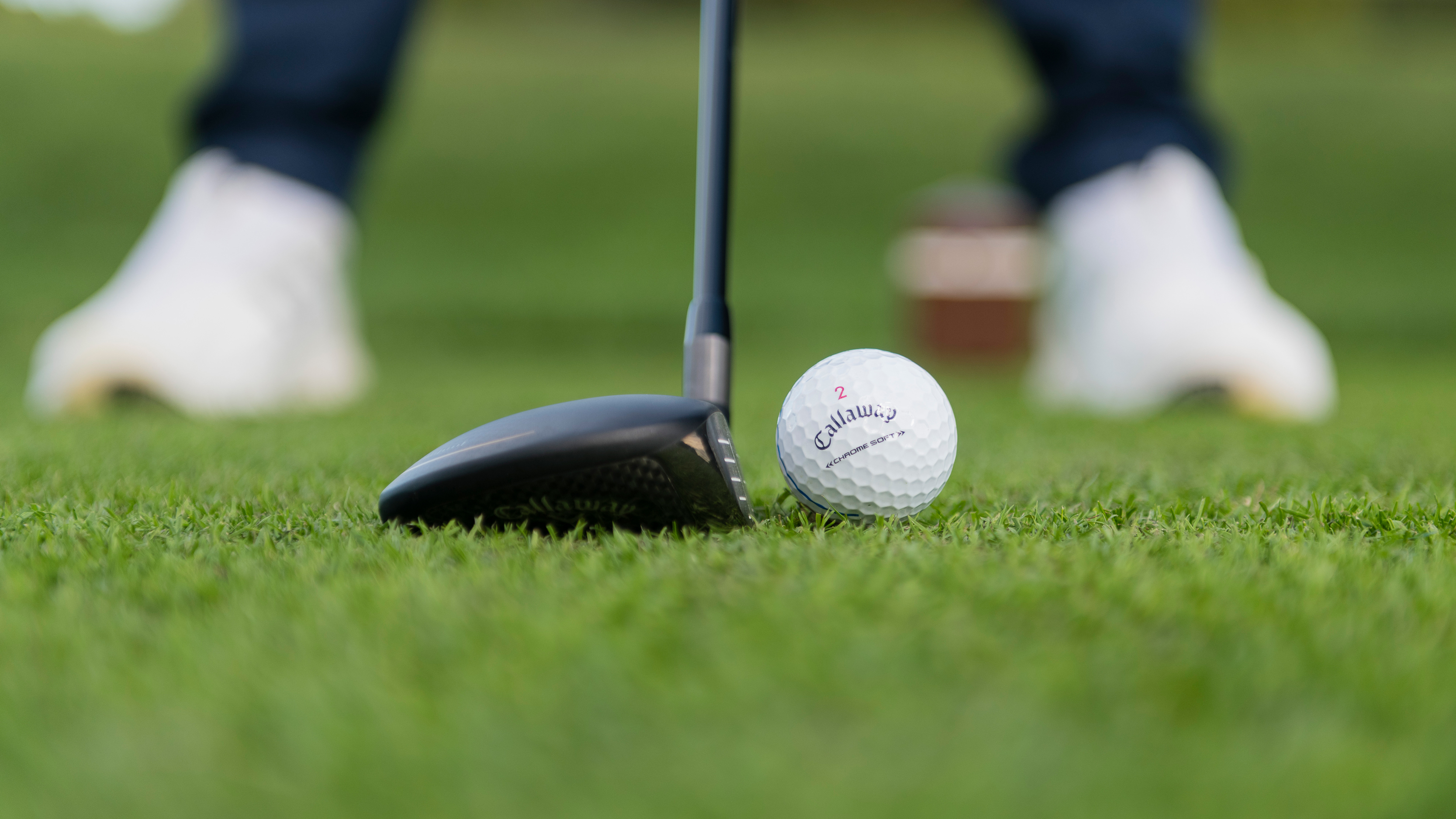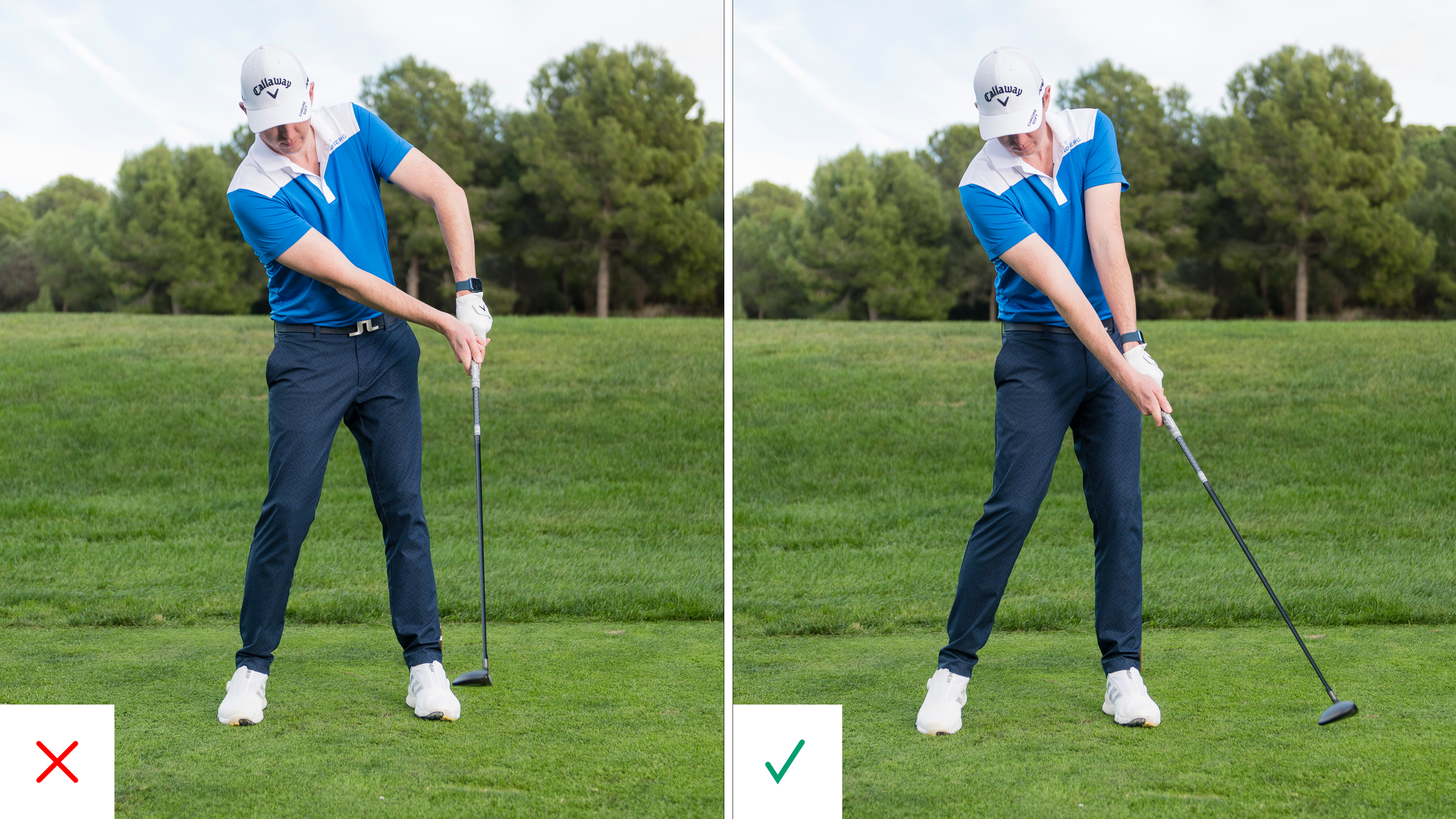Fairway Wood Tips For Beginners
Golf Monthly Top 50 Coach Ben Emerson shares some tips that will help you get the most out of your fairway woods


One of the often neglected golf tips for beginners is how to hit a fairway wood, meaning they often sit pristine and unused in your golf bag or thrown in the shed when you realise you can't get the ball of the ground.
Getting the hang of hitting fairway woods, and in particular a 3-wood, will stand beginner golfers in great stead, and could lead to lower scores. In the video and article below, Golf Monthly Top 50 Coach Ben Emerson shares some simple advice that is sure to help!
Fairway woods offer a great option off the tee when you're driver isn't behaving and from long distance on the fairway into par-4s and par-5s. So it's probably a club you're going to hit quite a bit.
In order to get the most out of these clubs and ensure you are able to hit them consistently well, getting the set-up right is vital. One of the most common faults I see is that too many people try and hit it like a driver. So they've got the ball positioned far too far forward in their stance and they're trying to hit the ball on the up and sweep it away off the tee. Topping the golf ball is a frequent outcome of this move.
When you look at the best players in the world, they don't hit up on the ball with their fairway woods. In fact, if anything the likes of Jon Rahm and Scottie Scheffler are actually hitting slightly down on the ball with these clubs.

Leaning back and scooping (left) is going to cause you to top the ball
The first thing I want you to do is to realise the tee height is so important. With a driver it's fine to have the ball teed up nice and high so you can hit up and maximise distance, but with a fairway wood I want you to tee it down, so it looks like it's sitting in a perfect lie on a fairway.
Once you've done that you need to trust the loft in your hand, whether it's a 3-wood, 5-wood or even a 7-wood. So there should be no leaning back and trying to help the ball into the air as this is only going to cause you to hit all manner of bad shots.
Subscribe to the Golf Monthly newsletter to stay up to date with all the latest tour news, equipment news, reviews, head-to-heads and buyer’s guides from our team of experienced experts.
As for the ball position, move it back in your stance so it's an inch or two inside your left heel, which will encourage more of a neutral or slightly downward angle of attack.
At address, your weight should be balanced roughly 50/50 between your left and right side. When you swing back your weight will naturally move more to your right side but it's vital to shift it back to your left or lead side as you move into impact. A good way to think about it is to imagine your energy is always moving towards your target from the top of the backswing.

Location: Sand Martins GC
Ben’s modern approach to golf coaching has seen him become one of the most sought-after coaches in the country and teaches none other than Robbie Williams. His honest, modern and fun style of coaching has help thousands of golfers of all ages and abilities and he has been coaching for over 20 years.
Advice for practice:
Start with slow, small swings. If you can’t do it small and slowly there is not a hope in hell of doing it at full speed with a full swing! In other sports such as rugby or martial arts they slow learn new moves/plays before making them at full speed.
Teaching philosophy:
‘Why guess when you can access’ Ever new student goes through a full TPI movement screen, 3D motion capture and pressure plate analysis as well as TrackMan and 2D video analysis. Coaching is based on facts and not guess work.
Most common problem:
A lack of clubface understanding and awareness. I get golfers to aim the clubface directly at the target and get them to make a slow swings and deliver the club to the ball with an open face, then repeat the same thing again but with a closed face, followed by one at the target. Giving them full awareness based on feelings errors to find a happy middle ground.